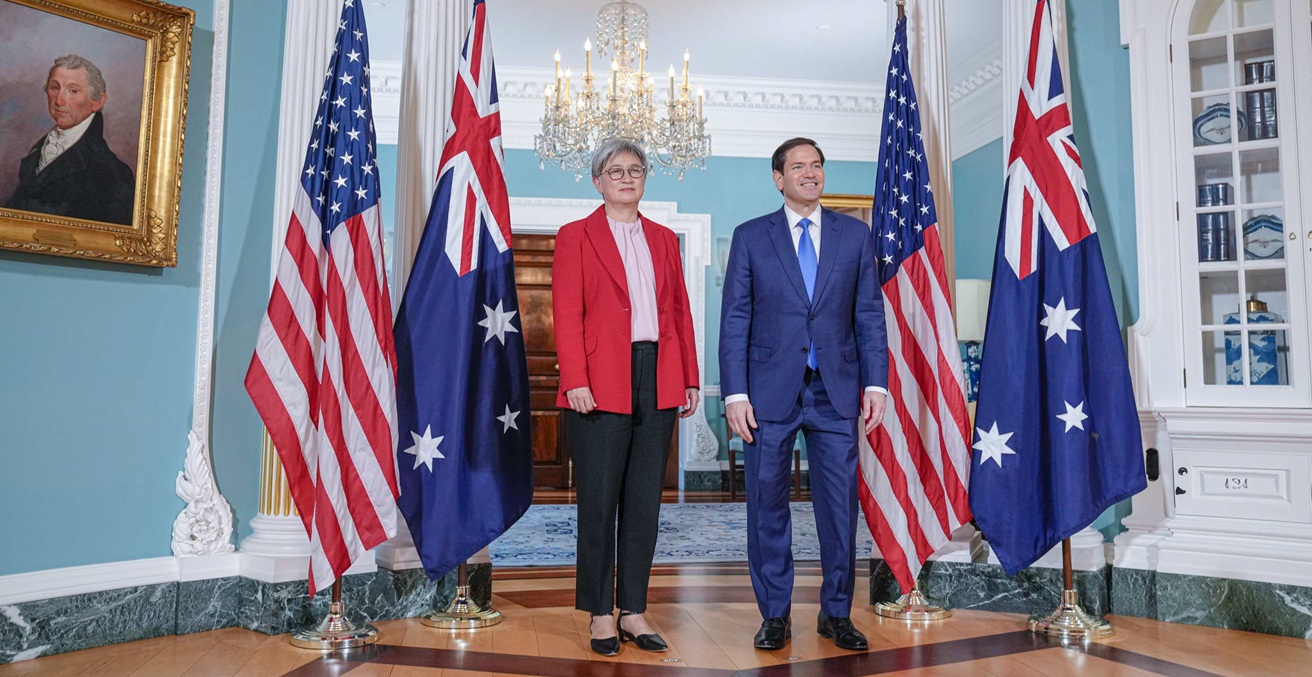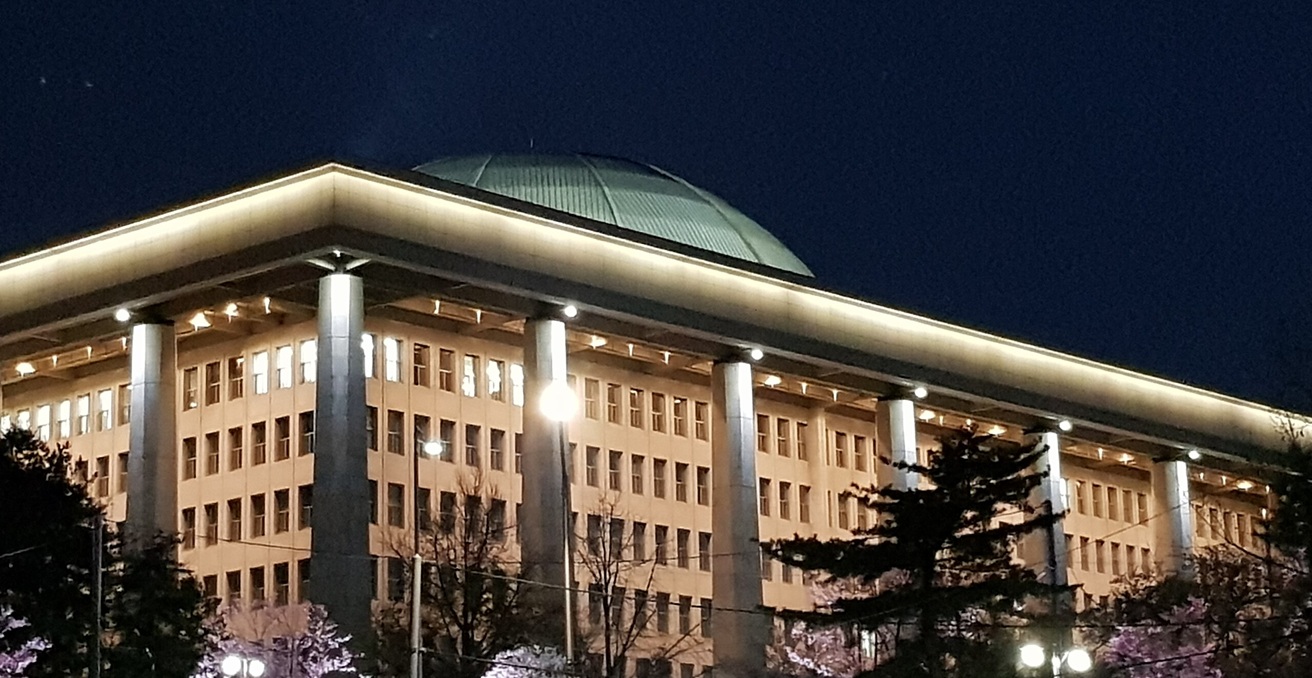Anthony Cooper, together with Thorsten Perl, provides a well-researched account of a British air raid on Berlin, in December 1943. They concentrate on the accounts of five Allied journalists who participated in this raid, as well as on the experiences of civilians on the ground.
According to Anthony Cooper’s new book, Dispatch from Berlin, 1943, by the end of 1943, 37 British and United States war correspondents had been killed in the Second World War, over four years into the most destructive war the world had yet experienced. His book examines an event that saw two journalists lose their lives and a third become a prisoner of war. These journalists were among five who volunteered for the extremely risky assignment of accompanying RAF bomber crews on a night-time raid on Berlin on 2 December 1943. These journalists were “embedded,” in today’s term, in cramped Lancaster bomber cockpits. No bullet-proof vests or helmets marked “Press” could protect these men from the hazards of German night-fighters or anti-aircraft fire on a raid from which over 260 men failed to return to base.
Cooper is the author of several books on Australian military history, with a particular focus on aviation. This book is the product of an imaginative and fruitful collaboration with the Norwegian writer and researcher Thorsten Perl. One of the five journalists who went on the ill-fated raid to Berlin was the celebrated Norwegian writer and resistance figure Nordahl Grieg. Grieg was among those killed on the mission, over the outskirts of the Reich’s capital. Perl’s book enables Cooper to do justice to Grieg’s backstory as an iconic representative of Norwegian literature (and a salutary contrast to the compromised figure of the more famous Norwegian novelist, Knut Hamsun, whose role under Nazi occupation was more dubious, to say the least). Perl clearly also has a substantial personal archive on the raid, which adds to Cooper’s already strong research base.
The other journalist who did not survive was the Australian correspondent Norm Stockton. Another Australian, Alf King, made it back from the raid, as did the famous American radio correspondent (for CBS) Ed Murrow. Readers who have not heard recordings of Murrow’s dramatic live broadcast of air combat in the 1940 Battle of Britain may know of him from George Clooney’s 2005 film, Good Night, and Good Luck, which depicts Murrow’s conflict with Senator Joe McCarthy in the 1950s.
Another American, Lowell Bennett, was in a bomber that was shot down, but he bailed out and survived the war in German captivity. Bennett experienced a truly extraordinary sequel to the raid. The German Foreign Office, in concert with Bennett’s Luftwaffe interrogator, seem to have formed the view that the impressionable young American could be “turned” to serve the interests of German propaganda, and took him on a surreal tour of bombed German cities, taking care to show him ruined residential areas and churches, and still-functioning arms factories and U-boat pens. For several days, Bennett exchanged a POW camp for German hotels, until someone in Berlin dropped the project of trying to make use of him. Bennett’s experiences are narrated in his own account Parachute to Berlin (1945), published just months after the end of the war. Cooper has undertaken careful fact-checking of Bennett’s published memoir.
The bombing raid of 2 December 1943 was one of a series of RAF attacks on Berlin in late 1943 and early 1944. The previous raid, on 26 November, had been remarkably successful, with a high concentration of bombs falling on industrial districts in the northern suburbs of Berlin. To the German defenders of the city, it looked like a precise surgical strike on Nazi war production. In fact, the designated targets were in the governmental district in the heart of Berlin, several kilometres to the south of where most bombs hit. Area bombing at night, with aircraft defending themselves against night-fighters and flying high to avoid flak, was not terribly precise in 1943, and the Germans added to the difficulty as much as possible, using decoy target fires and simulated pathfinder flares to distract Allied bombers from their course. Such factors, as well as strong winds and a large dose of bad luck, led to the limited success of the 2 December raid, which struck the Germans as almost random in its targeting after the stream of bombers became widely dispersed.
The heavy cost in the lives of Allied aircrew, who were lucky to reach the milestone of thirty missions before they were rested, was at the time considered acceptable. Air Marshal Arthur Harris sought to persuade Winston Churchill that the bomber offensive against the German capital “will cost us between 400-500 aircraft,” to which he added “It will cost Germany the war.” If Churchill perceived any eerie echoes of his own fantasy vision from 1915 of forcing Turkey to capitulate by sailing elderly battleships up the Dardanelles to threaten Constantinople with bombardment, it did not deter him from agreeing to Harris’s strategy.
Cooper’s book is a vividly and briskly narrated account for a general readership (albeit happily furnished with endnotes to sources). He does not pause to engage in formal academic debates over the ethics or efficacy of the Allied strategic bombing campaign against Germany. However, he does not fail to express his view on what he describes as the “brutal and indiscriminate intent of the campaign,” or on Harris’s lack of “moral scrupulousness” in explicitly targeting German civilians.
Cooper also notes that the bombing war absorbed considerable German resources, even if it fell dramatically short of crippling German war industry. Around 900,000 personnel were required to operate Germany’s anti-aircraft artillery (in addition to the “men and boys” mentioned by Cooper, many young women on their labour service year did duty as flak auxiliaries, working searchlights and range-finders, for example). Heavy artillery resources were committed to air defence, along with a couple of million other Germans (many civilians) deployed in various civil defence tasks.
Cooper’s meticulous research allows him to provide a highly detailed account of the conditions aboard a bomber in 1943, and of the terrifying experience of flying over a heavily defended city. He alternates this account with descriptions of the sensations and emotions of the civilians on the ground, turning to German accounts by survivors of Allied bombing. The wealth of detail, supplemented by a generous number of illustrations, does not come across as gratuitous geekiness – rather it helps the reader to empathise with the human experiences of both the young bomber crews and of the German people trying to survive the bombs and the fires raging through city streets. There is the same attention to grim detail in Cooper’s account of the raid’s aftermath (which takes up much of the book), as he reconstructs the processes around the burial of the war dead, and the bureaucratic processing of the news of casualties after each raid, a process that became all too routine. The book is a page-turner, but it stands out from run-of-the-mill military history by its careful attentiveness to the human costs of war. Readers may draw their own conclusions about the ethics of bombing civilian populations, and the risks that journalists run to make the story known.
At the time of writing this review, there have been 79 journalists or other media workers reported killed in three months of the Israel-Gaza war, making this book worthwhile and prescient.
This is a review of Anthony Cooper, with Thomas Perl, Dispatch from Berlin, 1943: The Story of Five Journalists who Risked Everything (NewSouth Publishing, Sydney, 2023) ISBN: 9781742237923.
Andrew G. Bonnell is an Associate Professor in History at the University of Queensland, specialising in modern German and European history. He has written or edited nine books, most recently Red Banners, Books and Beermugs: The Mental World of German Social Democrats, 1863-1914 (Brill, 2021) and Robert Michels, Socialism, and Modernity (Oxford University Press, 2023).
This review is published under a Creative Commons License and may be republished with attribution.




